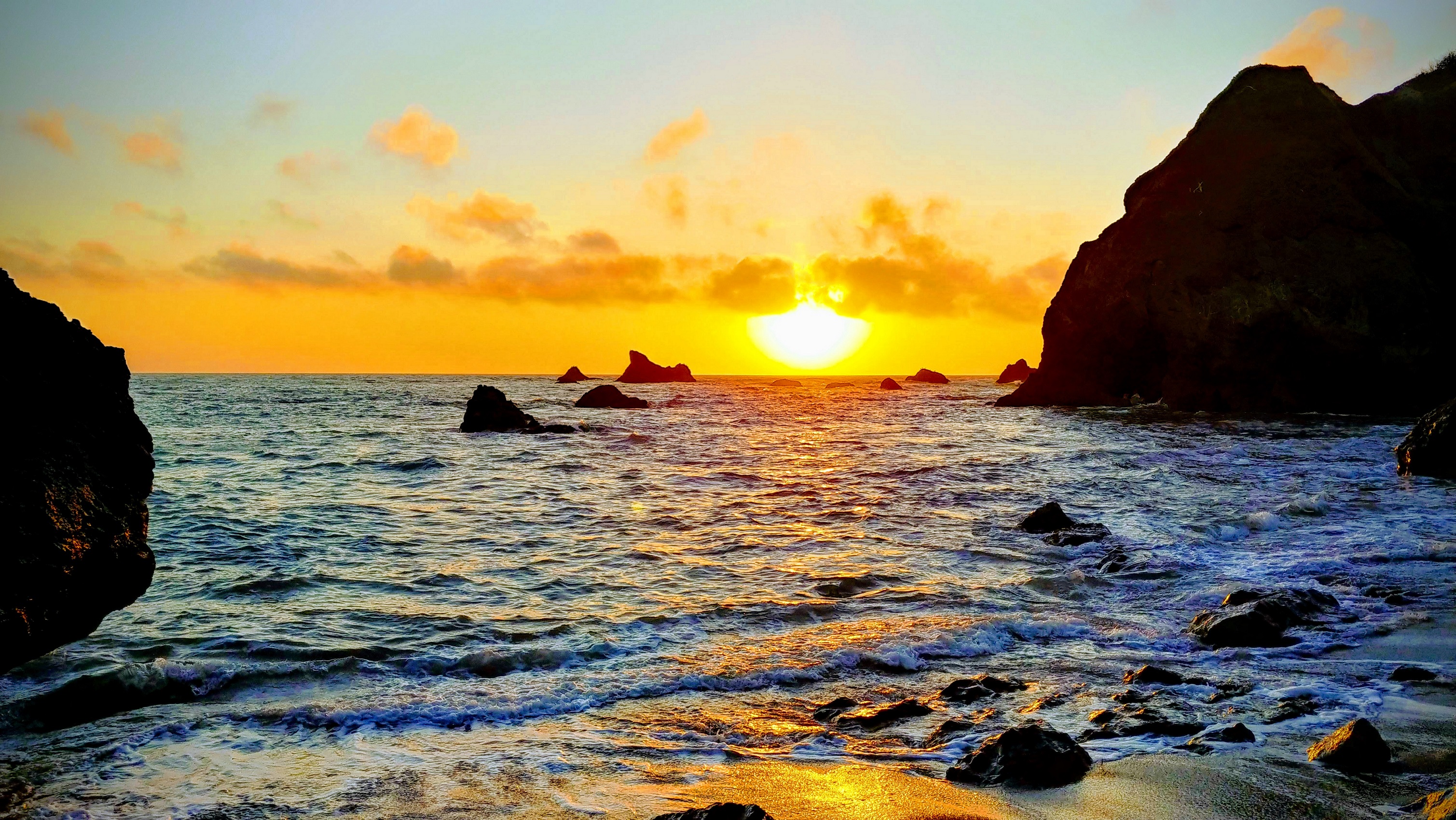
After 6 ½ years with Surfrider, my time as the Washington Coast Program Manager is coming to a close. It has been a great run and, upon reflection, a tremendous amount of progress was made to protect the awesome ocean, waves, and beaches of our great state. For my final blog post I will cover many, but not all of those accomplishments. A complete review would be so long that nobody would read it, but fortunately most of the activities have already been captured by previous blog posts, so I will keep the details short and provide links in case you want to dig deeper.
Marine Spatial Planning and the Rec Use Study
One of the most significant and concrete accomplishments was the adoption of Washington State’s Marine Spatial Plan. From the beginning of my tenure with Surfrider, I represented recreational interests on the Washington Coast Marine Advisory Council, which was the primary stakeholder body that provided advice and guidance to state agencies. Surfrider provided a major contribution to the plan by conducting the Recreational Use Study that collected economic and spatial data on coastal recreation. Development of the Marine Spatial Plan took many years and it was at times quite contentious. Nevertheless, stakeholders and state agencies navigated the waters and the end result was the best Marine Spatial Plan in the United States.

Shoreline Master Plans
Another extended planning process that we were involved with was the Shoreline Master Plan updates in Grays Harbor and Pacific Counties. Our main goals for the updates were protection of ecological resources, ensuring public access to shorelines, minimizing hard armoring, and the incorporation of Sea Level Rise planning. In order to raise awareness of the impacts of Sea Level Rise, we partnered with The Nature Conservancy, who provided data on the latest SLR projections and how critical habitats would be impacted. That data was shared in several ways, including a science forum that we hosted in 2015. We also partnered with TNC and Futurewise to offer a Land Meets Water tour to highlight the value of the ecosystem and critical habitats of the coastal shorelines. Pacific County’s plan was officially adopted in January of 2018 and we considered it a successful process that satisfied the goals we set. A two-part blog post recapped their process. Grays Harbor’s plan is still under review with the Washington Dept. of Ecology. Their plan has many good elements but we are concerned by the removal of most language that addressed Sea Level Rise, apparently at the direction of the county commissioners. We have submitted comments highlighting these concerns and we will be keeping a close eye on the final plan.
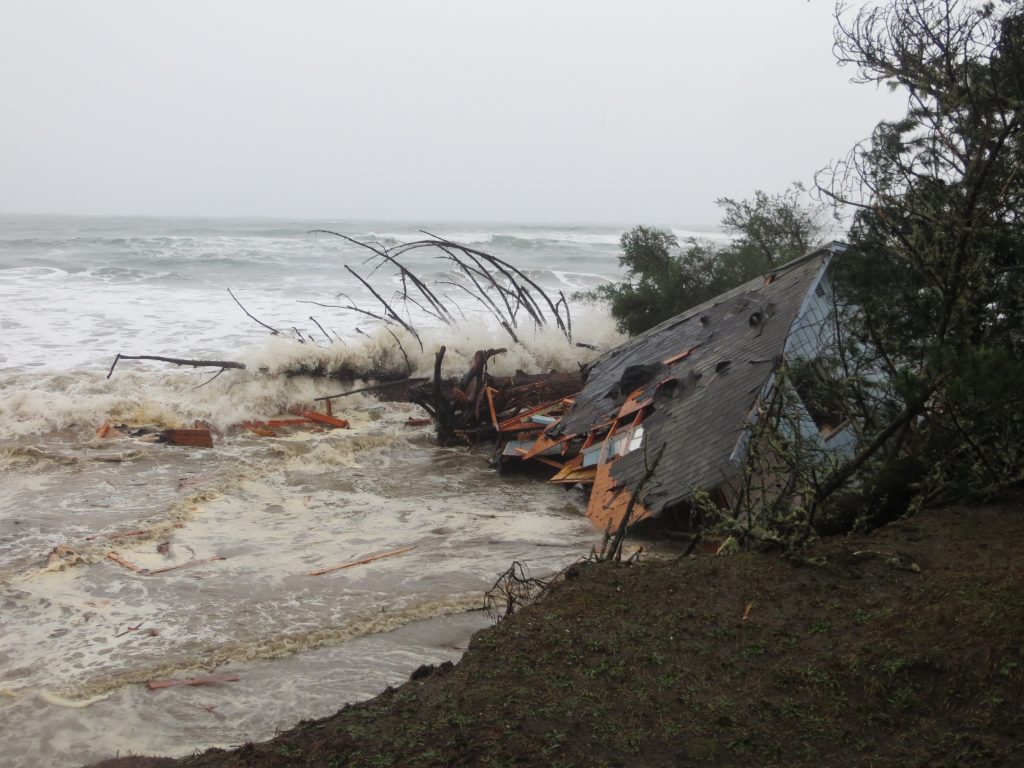
Working with MRCs and organizing the MRC Summits
When I first joined Surfrider, I had a lot to learn and many people to meet. Fortunately, I was tasked with organizing the annual Coastal Marine Resources Committee (MRC) Summit within the first couple of months. This provided the opportunity for me to work closely with MRC coordinators and volunteers right away. It was a very rewarding experience and I quickly developed quality relationships with a wide range of stakeholders that would prove to be extremely beneficial over the years. Over my tenure, I was the lead organizer for the MRC Summits in 2012, 2013, 2014, 2015, 2016, and 2018. Each of the four coastal MRCs are unique and I truly loved working with all of them. In my mind, they are the best local organizations to engage with on marine issues because of the diverse makeup of their boards. A little advice: if you ever need to engage a coastal community on a marine related issue, one of the best places to start is with the local MRC.
The Surfrider Leadership Academy
One of the purposes for creating the MRC on the Washington coast was to grow the capacity of the local communities and stakeholders that had interest in local marine resources. It is little coincidence that after organizing my first MRC Summit that this thought crystalized in my mind: the work I was doing on the coast was all about leadership. It was not just about being a leader myself, but also about developing other marine conservation leaders on the coast. With that in mind, we began offering trainings to interested individuals, the first of which was part of the 2013 Coastal MRC Summit. That offering was so well received that we decided to produce a more formalized strategy, which we later developed with The Nature Conservancy. That strategy, with significant support from the Packard Foundation, eventually led to the creation of the Surfrider Leadership Program - Washington Coast, which later was branded as the Surfrider Leadership Academy (SLA). The pilot program was launched in 2015, and full academies were offered in 2016 and 2017. In 2018 and 2019, we decided to shift gears and instead of offering a full academy, we brought all of the cohorts together for an alumni retreat to rekindle the network, develop skills, and plot the future of the program.
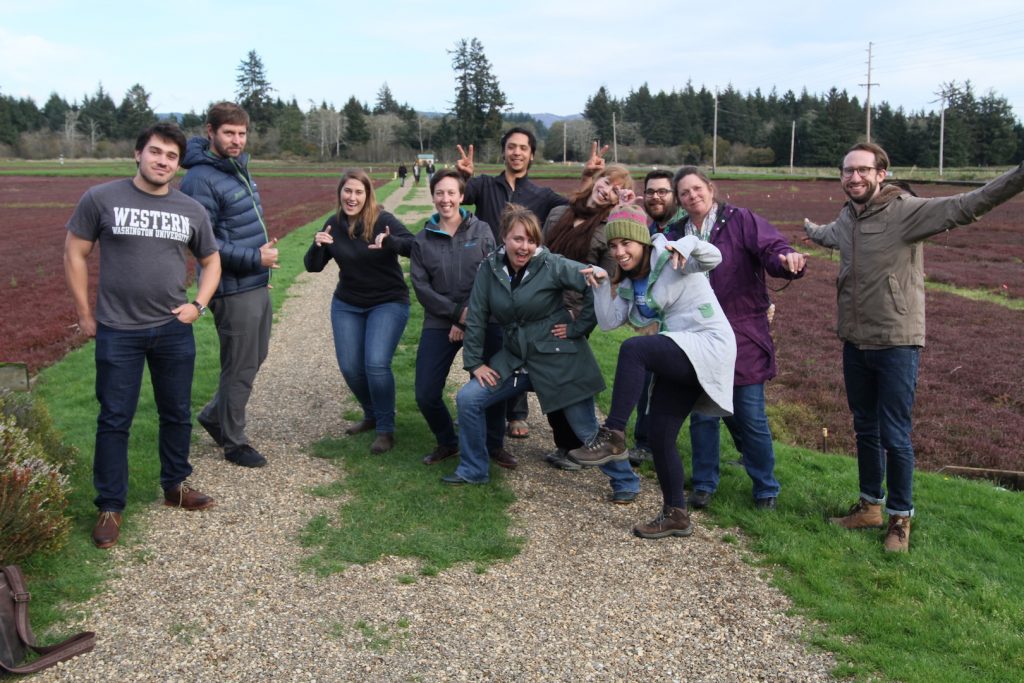
The impact of the Surfrider Leadership Academy has been enormous but challenging to quantify. It brought together cohorts with broad interests and varied backgrounds. Those individuals developed deep relationships with each other that will last for many years. It created bridges across the Washington Coast geography that often saw communities fighting with each other. Most importantly, it produced a group of leaders that were passionate and empowered to confront the difficult challenges that we face now as well as those that will emerge in the future.
Perhaps the greatest single example of how graduates of the Surfrider Leadership Academy flexed their collective muscles was at last year’s People’s Hearing to oppose the Trump administration's proposal to open up Washington waters to oil and gas exploration. At that event, four graduates of the academy stood shoulder to shoulder with Washington’s Attorney General and Commissioner of Public Lands to emphatically demonstrate that our top politicians and coastal community leaders were united in opposing the new proposal.
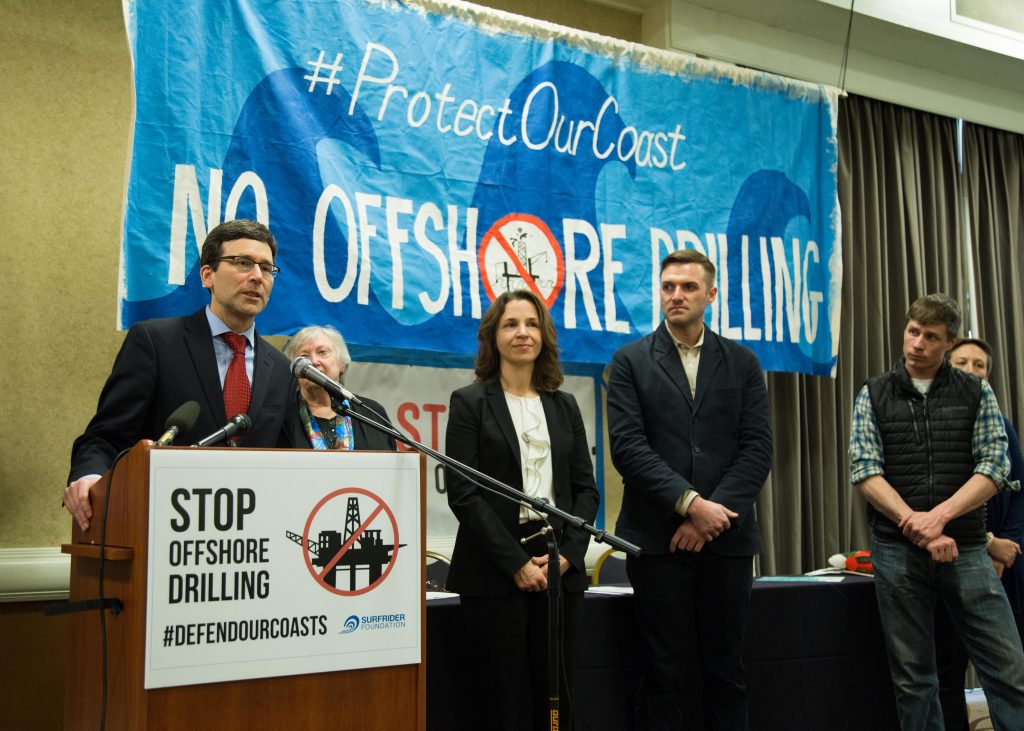
And So Much More!
A true recap of all the great things that have been accomplished over that last several years could turn into a book, so I’ll refrain from going into too much detail on the other major highlights. In no particular order, here are some (but not all) of our other achievements:
We successfully fought the proposed crude oil terminals in Grays Harbor.
We performed dozens of beach cleanups. In addition to the Washington Coastal Cleanup and International Coastal Cleanup, we began cleanup efforts on the 5th of July to remove the disturbing amount of firework debris that is left on our coastal beaches.
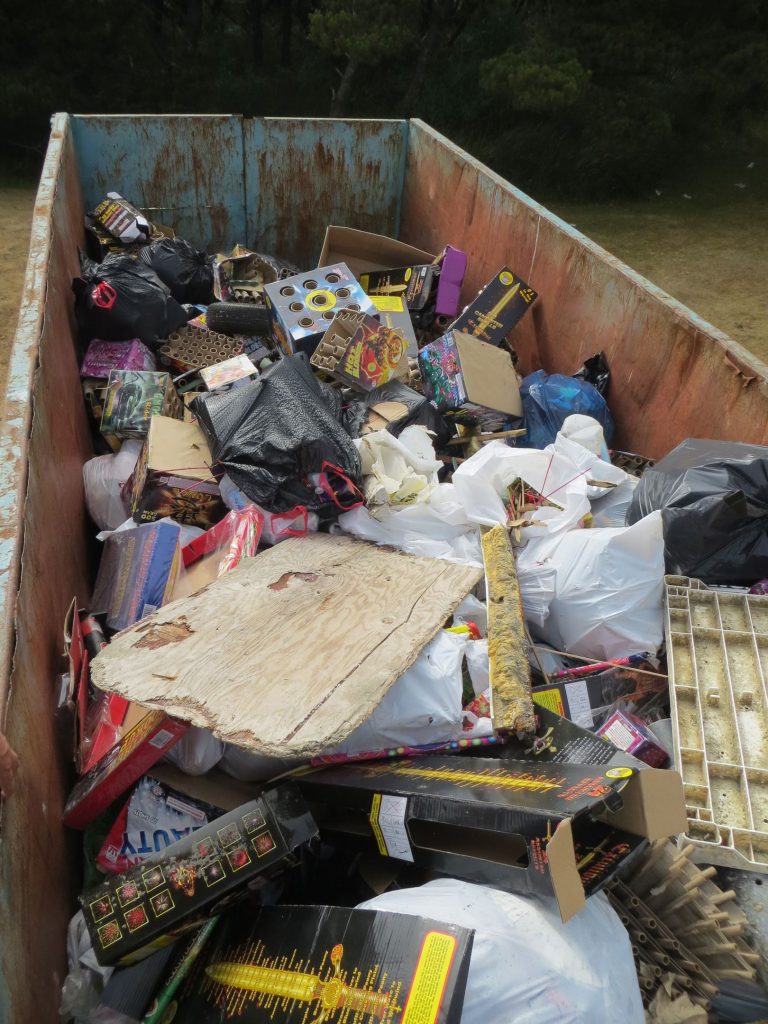
We helped finalize a Marine Debris Action Plan for Washington State.
We organized six Clean Water Classics that raised tens of thousands of dollars for Surfrider chapters in Washington, Oregon, and British Columbia.
We expanded youth surf camps with our partners at Warm Current that are offered to youth of our coastal tribes.
We worked with the Olympic Coast National Marine Sanctuary on beach cleanups, promoting Get Into Your Sanctuary Day, establishing a Sentinel Site on Ocean Acidification, and more.
We developed and installed surf etiquette signs at Westport. This idea was so popular that Oregon chapters borrowed it and even added beach etiquette signs at popular public beaches.
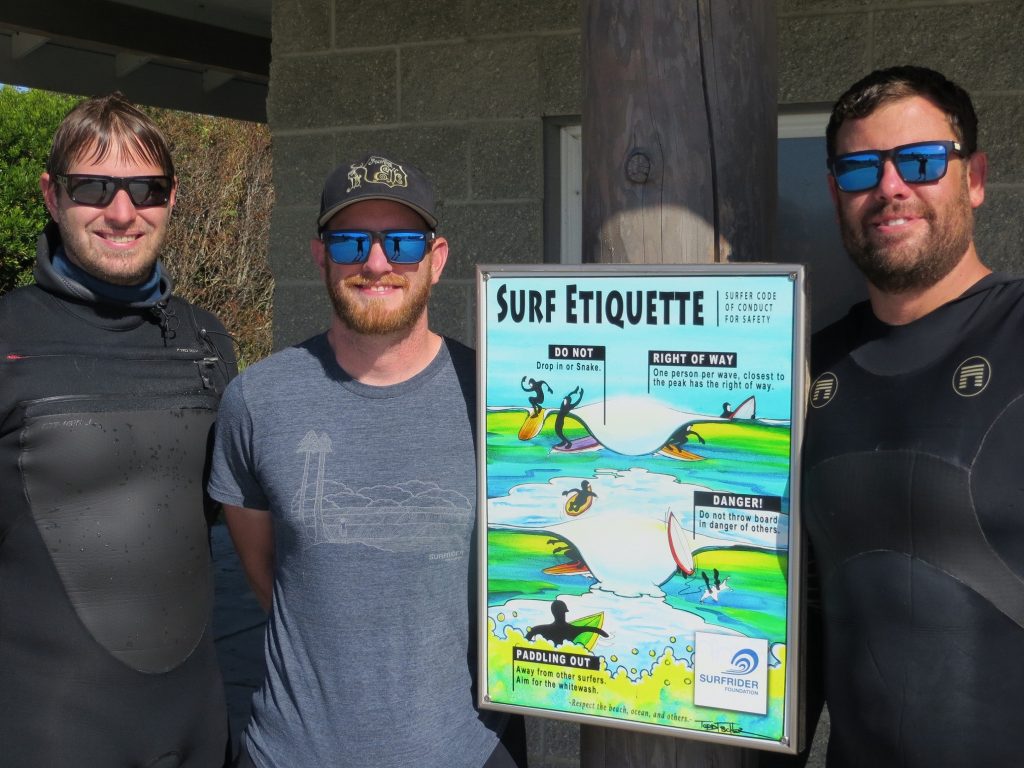
We assisted the Climate Impacts Research Consortium with the Grays Harbor Coastal Futures project.
We successfully advocated that the Washington Coast Marine Advisory Council should focus on Coastal Resiliency upon completion of the Marine Spatial Plan.
In summary, it has been a fun and highly successful ride with Surfrider. As the Marine Policy Associate with the Washington Department of Ecology, I will continue to be actively engaged on many of these issues, and others I will support through my local Surfrider chapter. I would like to thank everyone who I have worked with over the years for making it such an enjoyable and memorable experience. This story is not over, it’s just the end of another chapter. I hope to see you all in the next one!
All the best,
Casey Dennehy
